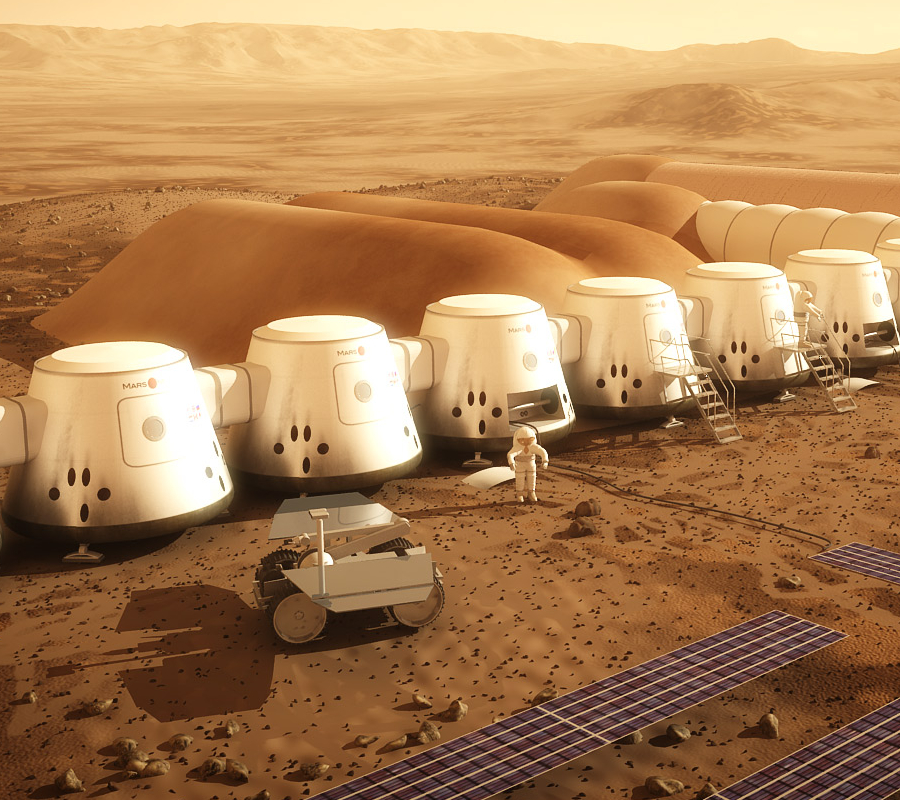SpaceX’s CEO, Elon Musk, has shared over the last couple of years his desires of becoming the first company that sends humans to Mars, announcing deadlines and new technologies that will permit that. However, Musk’s intentions are pending on the information he shares today at Guadalajara.
Musk will be present today at the 67th International Astronautical Congress in Guadalajara, Mexico and the eye’s of the space industry are set on the entrepreneur after the tragical incident that ended with one of his rockets exploding on the launch pad. Musk’s presentation was announced back in April when he teased the public with some of the subjects he will be addressing.

“It’s going to sound pretty crazy,” said the entrepreneur at the moment.
However, after the rocket explosion, Musk needs to prove his company can still meet those deadlines and that his rockets can perform on the launch pad.
SpaceX’s CEO is also expected to announce a financing source or explain how the projects will be supported, if not, the space industry is guessing Musk will depend on NASA’s decisions once again.
SpaceX’s plans for the red planet
Musk founded SpaceX in 2002 and since that day the company has been promoted as the first corporation from the private sector that would manage to get humans to Mars. Musk, who offers a more cheap and affordable way of transportation, has relied on the the government-founded agency NASA to complete the vast majority of its technologies.
Since its foundation, SpaceX has proven to be one of the top private companies on the market, creating reusable rockets and signing contracts to get Americans launched to space from their home soil again.

Among SpaceX’s Mars projects, there’s the Red Dragon mission that aims to set off for the first red planet adventure in May 2018, according to Musk, the company will launch an uncrewed capsule to test its landing technology and other features that can help the project.
This mission will be the first to test what the company has dubbed “supersonic retro propulsion” which is a method developed by scientists that allow the craft to land without using a parachute; instead, it relies on onboard thrusters.
However NASA didn’t fund SpaceX for this mission, the agency just provided technological support to test the initiative, since the government-funded agency has its own plans of sending humans to Mars on 2030.
The Red Dragon mission is SpaceX’s first attempt in the red planet after the mission finishes Musk announced the company plans to send a route cargo rocket to Mars every 26 months, which is when Earth and Mars are aligned.
“It’s a regular cargo route. You can count on it. It’s going to happen every 26 months like a train leaving the station,” said Musk to the Washington Post in June.
SpaceX’s Interplanetary Transport System (ITS), previously known as the Mars Colonial Transporter, works with a couple of vehicles called Falcon Heavy rockets, that will test dropping the company’s Mars-colony architecture.
The Falcon Heavy rockets are reusable vehicles, just as the Falcon 9 rocket that exploded earlier in September, and is powered by a brand new engine that the company dubbed Raptor. However, Musk is expected to share more information on the subject today at the Guadalajara congress.
These missions are the base of the colony that the company wants to establish on the red planet, according to Musk’s publications he aims to transport over a million people to Mars over the course of 100 years.
Expectations for Musk’ appearance
There has been a lot of skepticism after SpaceX’s Falcon 9 rocket burst into flames on the company’s Cape Canaveral launch pad, many have doubted Musk’s abilities to reach deadlines and fix its previous mistakes.
The Washington Post reported a leaked document sent by Tony Bruno, the CEO of the United Launch Alliance Atlas V, to Pentagon officials in which he claimed SpaceX’s incidents “serve as a reminder of the complexity and hazards intrinsic to space launch services.”
Bruno explained to officials in the leaked document that SpaceX’s lower prices could end up costing the client more money if another incident were to happen. Others don’t see the event as a major setback for the company’s launching schedules, as The Guardian reported.
Musk is facing a lot of pressure from the space industry and the media that is claiming the CEO needs to prove in this presentation that not only SpaceX will be able to send humans to Mars, but that the plan is secured.
“It’s a setback but not a major one, it’s all part of the normal process of a developing space launch,” said John Logsdon, former director of the Space Policy Institute.
Source: Space

SpaceX. Not Space X. Forget that.